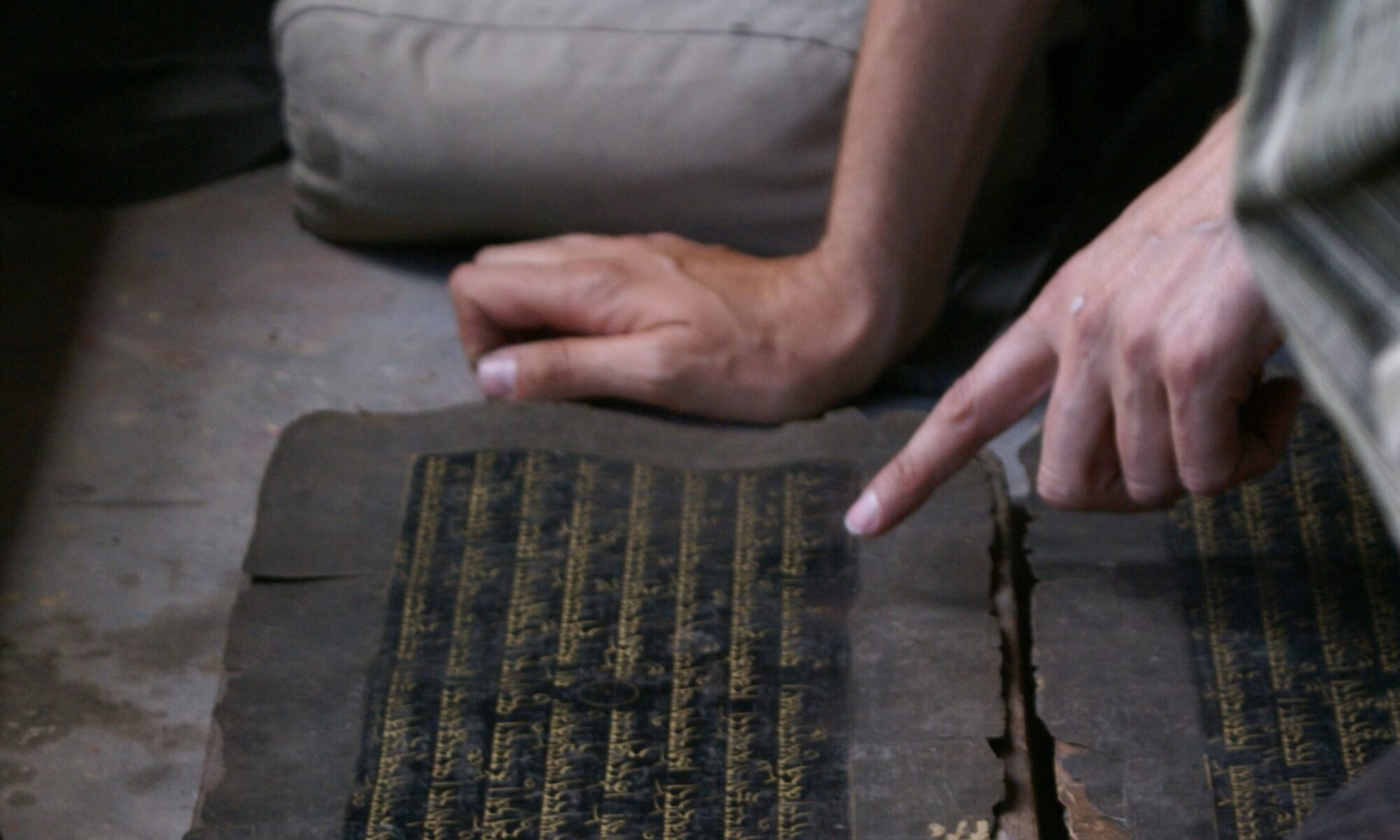2017-2022
Buddhist Kanjur Collections in Tibet’s Southern and Western Borderlands
FWF project P 30356
Director: Helmut Tauscher
Members: Markus Viehbeck, Bruno Lainé
Project description
The Tibetan Buddhist Canon as it is known today, consisting of the two distinct sections, Kanjur (“[Buddha’s] word in translation”) and Tanjur (“exegetical treatises in translation”), developed over a period of more than five centuries. In the 9th century Buddhist sacred texts of mainly Indian origin started to be systematically translated into Tibetan, and by the early 14th century the literary corpora “Kanjur” and “Tanjur” emerged in their present form. The significance of these collections exceeds by far that of mere literary oeuvres in the sense of texts to be read and studied. In particular, Kanjurs are also objects of ritual veneration. Representing the Buddha in his aspect of speech, a Kanjur should – ideally – be present in every temple. Accordingly, Kanjurs were produced in considerable number in the course of the centuries, commissioned by religious and political leaders as well as wealthy Buddhist lay-people. Many of them were destroyed by the ravage of time and the Cultural Revolution of the 1960s and 1970s. Still, some 40 distinct editions are known today. The majority of them belong to a mainstream tradition, transmitted in two distinct lines, based on manuscript Kanjurs compiled in Central Tibet in 14th and 15th century (Tshal pa and Them spangs ma). All the other Kanjurs that do not fit into either of these groups are generally subsumed as “local” or “independent” Kanjurs. For research, they become increasingly significant as representatives of alternative textual traditions, preserving texts that are not contained in the mainstream Kanjurs, or different, occasionally older recensions and translations of texts, and, thus, opening the view on a richer religious and literary heritage. Several local Kanjurs were discovered in recent years in Ladakh, Nepal (Dolpo and Mustang), and Bhutan, and preliminary studies reveal that some of these collections did not remain strictly “local”, but had a greater impact on the canonical transmission than generally expected.
The present project aims at identifying currently unknown lines of textual transmission between Mustang and Dolpo (Nepal) and Ladakh, possible Central Tibetan sources of this material, and its position within the development of Tibetan canonical literature in general, including entangled traditions emerging in the course of its transmission. For this purpose, the documentation of collections already known and still to be discovered has to be completed, the material has to be catalogued, archived, and made digitally accessible to international research. Comparative structural and text-critical analysis of all the Kanjurs as well as of older manuscript collections recently discovered in the western Himalaya are hoped to reveal lines of transmission and shed new light on the development of the Tibetan Buddhist Canon.
2007-2013
Tibetan Manuscripts
FWF project G 9803 (sub-project of the research unit S 98 “The Cultural History of Western Himalaya from the 8th Century”)
Director: Helmut Tauscher
Members: Bruno Lainé, Géza Bethlenfalvy, Horst Lasic
2001-2006
Western Tibetan Manuscripts
FWF project G 8704 (sub-project of the research unit S 87 “The Cultural History of Western Himalaya”)
Director: Helmut Tauscher
Members: Horst Lasic, Bruno Lainé
1996-2000
Earlier projects on Western Tibetan manuscripts (Tabo) were directed by Ernst Steinkellner.
